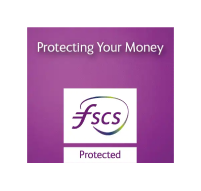You will need a minimum deposit for a purchase of 5% or for a remortgage a minimum of 5% of equity remaining in the property.
Archives: FAQ - Mortgages
Can I borrow additional funds?
For a purchase you can borrow up to 95% of the purchase price or valuation (whichever is lower), for a remortgage we can cover any secured lending on the property or any works to be spent on improving the property.
Can I overpay on the mortgage?
The mortgage has no early repayment charge so has flexibility to make overpayment off the mortgage at any point.
What legal considerations do I need to be aware of?
You’ll need a solicitor to:
- Review the resale restrictions
- Register the discount covenant (if applicable)
- Explain any Section 106 agreements or planning conditions
They’ll also make sure the mortgage and title are handled correctly.
What information do I need to apply?
To speak to our friendly mortgage advisors, you’ll need to provide your financial details to obtain a decision in principle. When you’re ready to fully apply, you’ll need to have a specific property in mind. When you’re ready to apply for the mortgage, we’ll ask you for:
- Income & expenditure documents
- A copy of the energy performance certificate for the property
- A copy of the build warranty or building certificate
- A copy of your co-housing lease agreement
What deposit do I need?
You will need a minimum deposit for a purchase of 10% or for a remortgage a minimum of 10% of equity remaining in the property.
Can I borrow additional funds?
For a purchase you can borrow up to 90% of the purchase price or valuation (whichever is lower), for a remortgage we can cover any secured lending on the property or any works to be spent on improving the property.
What construction types does the mortgage support?
The mortgage is available for non-standard construction types (eg timber frame/clad) providing it complies with our ecological requirements of a minimum 85B EPC, buildings insurance can be obtained, and the valuer confirms the condition and marketability of the property are satisfactory.
